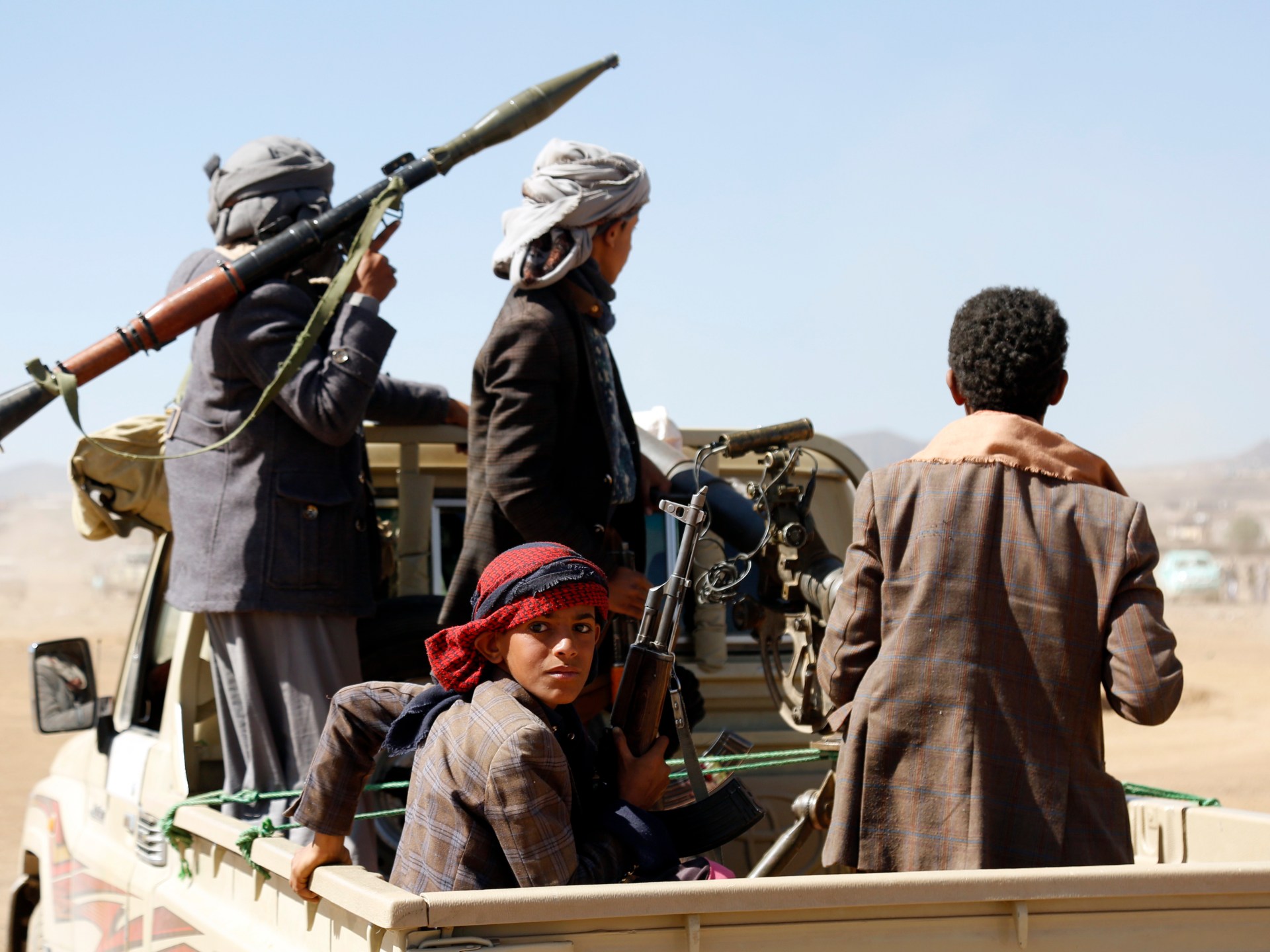Russia’s and US’s Oil Policies in the Middle Asia
During the Cold War years, west’s interest in the oil reserves – especially in the Middle East – has been intense. The 1973 shock, 1979 Iran Revolution and Iraq’s occupation of Kuwait in 1990 are important in terms of showing all nations the significance of providing the energy security (1). The Middle Asia Turkic Republics, which gained their independence after the Soviet Union’s dispersion, and the Caspian Basin oil gain more importance day by day (2). According to the US Treasury’s data, the amount of the region’s established oil reserve is around 34 billion barrels and the possible reserves are around 235 billion barrels. When we consider that the total of the established and possible reserves is around 269 billion barrels, it can be seen that this amount equals to 26 percent of the current oil reserves. In addition, the figures given in terms of the natural gas are defined at 16-19 trillion cubic meters, which equals to 12% of the present natural gas reserves (3).
When these figures are evaluated, it’s understood that the Caspian region is in the third place coming after the Gulf of Basra and Siberia. The struggle for sovereignty over the regions having oil gain great importance both economically and strategically in this century, in which the need for petrol increases and the oil sources decrease. In this context, Eurasia, just as Zbigniew Brzezinski’s says, will be a chessboard on which fight will continue for global dominancy (4). European Union, Turkey, Pakistan, Iran, China, India play key role in this struggle and besides states, many being multinational companies are being effective in determining many economical and political approaches (5). Moreover, US and Russia, main actors in the struggle carried out in the Caspian region, follow policies in line with their national interests and develop cooperation with the other states.
Turkmenistan, Kazakhstan and Azerbaijan, which have rich natural gas and oil reserves as Caspian is an interior region, has no possibility to transfer their riches to the world market without any mediation. The way to reach the foreign markets is the neighbour countries’ oil and gas pipelines. How would the Caspian oil be brought to the world market? The basis of the fight tangles on this question. Although many alternative pipeline was suggested within time, three of them gained importance. Accordingly, the oil would rather come by pipelines from the north via Russia, or from the south via Iran or from the west via Tbilisi and transfer to the Ceyhan Port in the Mediterranean (6). Regional conflicts besides the state policies in their fight for oil, lack of stability and regional cooperation are the greatest obstacles in front of the development of the Caspian energy sources and exportation ways (7).
Russia, which is the second greatest oil and natural gas producer in the world as of 1990, possesses the routes that the majority of the current pipelines transferring Kazakh and Azeri oil to the foreign markets. Tengiz-Novorossysk line, officially opened on November 28, 2001, has turned the direction of the Kazakh petrol to Russia. Having the control of the pipelines is important for Russia both for its economy and to carry out its control over the other states in the region. Therefore, Russia opposes to any project, which does not pass via its soil. At this point, the most significant initiative, which would break Russia’s economic and political control, has been started by Turkey and supported by the US through Baku-Tbilisi-Ceyhan (BTC) project. US’s support in BTC project is not only important for Turkey but also for the Middle Asia Republics as the former Soviet republics’ economical dependence on a single state constitute an obstacle in front of their political independence and so, they have to mobilize their economic potential. In this context, when the unstable regions like the Russian Federation in the north and Iran in the south, are considered, Turkey would be the most logical choice to establish the region’s connection with the outer world.
Russia, which, through its "close surrounding" policy it declared as from mid-1990s, places importance to have tight integration with the member countries of the Commonwealth of Independent States, does not want the states abroad to be active in the Middle Asia, which it sees as a vital field of interest and militarily and diplomatically responds to any initiative that would reduce its monopoly, stiffen the economic independence of the countries in the region and activate West-backed policies. In line with this policy, while it tries to keep the states out of the region, it tries to increase the states’ need for Russia by supporting the regional instability.
For example, Russia, supporting Eduard Shevardnadze against Zuiad Gamsakhurdia, Georgia State President in 1994, backed Abkhazia and Acar separatist movements against Shevardnadze for he had followed a pro-western policy, got closer with Turkey, backed the Baku-Tbilisi-Ceyhan pipeline project and for Georgia was to become a NATO member. As a result, Russia had reduced the natural gas it was transferring to Georgia and reacted with the visa practices. Following similar policies in Azerbaijan, Russia had banished Elcibey, who had close relations with Turkey, from power and then replaced him with Haidar Aliyev and procured Georgia to enter the Independent States Community. IN addition, although it had a 10 percent share in the "Centuries’ Agreement" signed in September 1994, it also supported Armenia in Karabagh dispute. Russia has used the judicial status of Caspian as an instrument of pressure against Aliyev, who couldn’t find backing from Russia and tried to be closer to the west and had an attempt of a coup to overthrow Aliyev in December 1994 and May 1995. The problems both in Georgia and between Azerbaijan and Armenia kept Russia’s potential of intervention in these regions alive due to the ethnical conflicts. While Russia stiffens its relation with its strategic partner Armenia, it also tried to recover its anxiety over NATO’s extension in the east by getting closer to anti-American Iran (8)
It’s not difficult to understand that Russia aims to control the natural gas resources and oil riches in the Middle Asia through its partnership with China and Shangai Organisation against the US gaining more power in the region. Russia’s military operations in Chechnya can also be associated with the same political and economic policies.
Northern Caucasus is the only exit for Russia to the Black Sea. Grozni is an important oil region. Besides Checnia’s petrol reserves, it’s on the Azeri and Kazakh pipelines’ transit way and this makes it indispensable for Russia to control it. In addition, Russia also wants to take the pipelines and Azerbaijan and Kazakhstan under control.
America, the other player of the petropolitics, has supported the "Russia First" policy, which has been identified with the name of Strobe Talbott, vice chairman of Foreign Ministry in the following period of Russia’s dispersion. Then backed Turkey’s secular and democratic model as a method of increasing its effect, however, it has intensified its attention on the region and the sources in the region after 1997. As President Bush said on May 17, 2001, variety in the energy resources is important for the US not only in terms of the energy security but also for the national security (9).
America, which is left as the only power in the region, has developed new strategies to increase its power, find new and cheaper energy resources in place of its reducing sources and to control the states rival to itself (10). At this point, Caspian oil, which can be alternative to the Gulf oil gained importance in terms of national energy policies foreseeing rise in the sources and variety. The pipelines have key importance for the US as well as Russia developing their economy and strategic aims. While it backs Baku-Tbilisi-Ceyhan project, the proposal of Turkey, which is seen as a balancing power against Russia and Iran, it evaluates other alternative projects to establish an East-West energy corridor.
US’s policies over the region can be shortly listed as; increasing its power over the energy resources, providing the Caspian oil’s free flow, supporting multi-pipelines that do not pass via Russia for the energy distribution, supporting the US companies investing in the region and providing the political stability that would take these investments under guarantee, continuing isolation policy implemented on Iran and banishing Russia-China effectiveness in the region.
US’s interest in the Caspian Sea and Middle Asia has been limited with economic, diplomatic and military aid agreements as of September 11. This terrorist attack on this date and the Afghanistan operation has pave the way for the US, which will not find any other proper chance to create a military existence in the region, to put its targets through Eurasia into force. Afghanistan has been the door for the US to enter the Middle Asia. Besides struggle against terrorism, strategic evaluations should also be searched beneath the US and its allies’ reason to collide in Afghanistan. The rise of activities of Russia, China and Iran in the region and the emergence of Shangai Cooperation Organisation has drawn Washington’s attention to the region. The US has entered into the region by following the same method with China and Russia, which have secured their existence in the region by highlighting security and terror. The US still has troops in Georgia, Tajikistan, Uzbekstan and Kyrgyzstan.
Russia has responded to the US’s attempt to open to the Middle Asia, with an unexpected assault and announced that it stands beside the US in fight against terrorism (11). Although Putin has taken the desired concessions through this support, it also took measures against the US essence in the region. It’s been an important development for Russia as six Independent States Community member countries – Russia, White Russia, Armenia, Kazakstan, Kyrgyzstan and Tajikistan – have signed under a new military organization under Russia’s leadership. Despite Russia’s efforts, the US has settled in the region. This is the current point. After this point, providing the security of the regional countries and the political and economic stability or carrying out fight in Eurasia and facing distress will be determined according to the policies to be followed by Russia-China and the US.
1) What’s trying to be mentioned about energy security is the varification of energy resources and the transportation of them to the world markets uninterruptedly.
2) The region’s importance can also be understood by more than 80 companies carrying out search and production projects. Chevron (USA), Exxon (USA), Pennzoil (USA), Amaco (USA), British Petroleum (Britain), Ramco (Britain), TPAO (Turkey), etc. are the leading companies.
3) http://www.eia.doe.gov/emeu/cabs/caspian.html. The figures given about the region’s oil and natural gas resources show variety. According to the International Energy Agency’s data, established oil reserves are 28 billion barrels, and natural gas is 8 trillion cubic meters.
4) According to Z. Brzezinsk; the dominant power in Eurasia can control two of the three most progressed and most productive regions. Nearly 75 percent of the world population lives in Eurasia. The majority of the underground riches are this region. Eurasia possesses three-fourths of the known energy resources and 60% of the world Gross National Product (GNP). At the same time, it’s the region where the world’s most dynamic states (in political terms) are, Zbigniew Brzezinski, The Big Chess Board.
5) For details over oil and international policies, see. Joseph S. Nye, Understanding International Conflicts, NewYork, Longman, 1997.
6) Rajan Menon, "Treacherous Terrain: The Political and Security Dimensions of Energy Development in the Caspian Sea Zone", NBR Analysis, 9, No.1, 1998.
7) Mustafa Aydın, New Geopolitics of Central Asia and the Caucasus: Causes of Instability and Predicament, SAM Papers No:2/2000, p.61.
8) Iran-Russia relation has increased especially after AGIT Summit in 1999 when the US said that it would give priority to the construction of Baku-Tbilisi-Ceyhan pipeline. See, Robert O. Freedman, "Iran-Russian Relations in the Nineteens", Middle East Review of International Affairs, cilt 4, sayı 2, Haziran 2000. Viktor Vishniakov, "Russian-Iranian Relations and Regional Stability", International Affairs, cilt 45, no.1, 1999.
9) For President Bush’s statements on May 17, 2001 see; for US’s energy policies see Michael T. Klare, "Global Petro-Politics: The Foreign Implications of the Bush Administration’s Energy Plan", Current History, March 2002; Brenda Shaffer, "The US Policy toward the Caspian Region: Recommendations for Bush Administration", Cambridge, Caspian Studies Program, (July 2001)
10) Paul L. Joskow, "United States Energy Policy during the 1990’s", Current History, March 2002, s.101-107.
11) One of the two important reasons beneath the Russian support to the US is the radical groups’ activities in the Middle Asia Republics through using Afghanistan as a military base. At this point, Russian interests overlap with the US interests. The second reason is the effort to show the Chechnya War right that the western charges over Russia has reduced.



